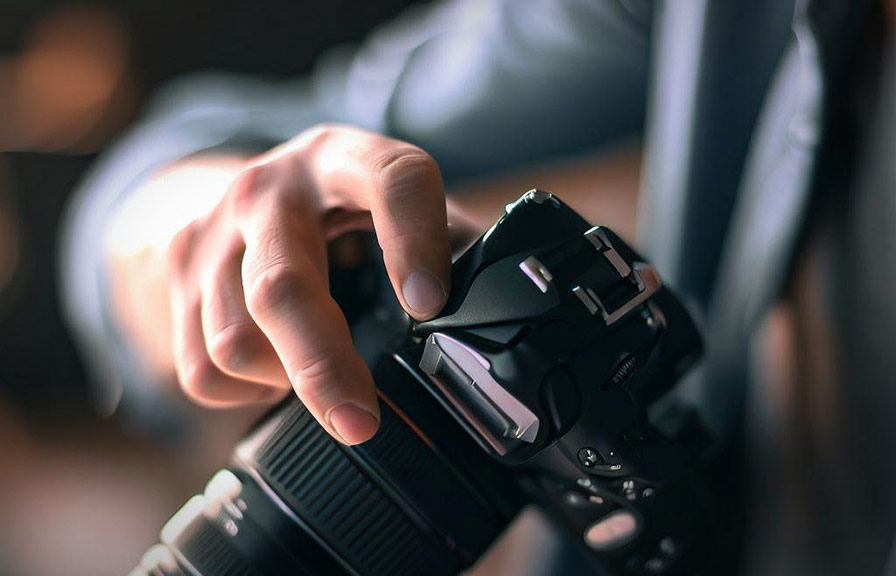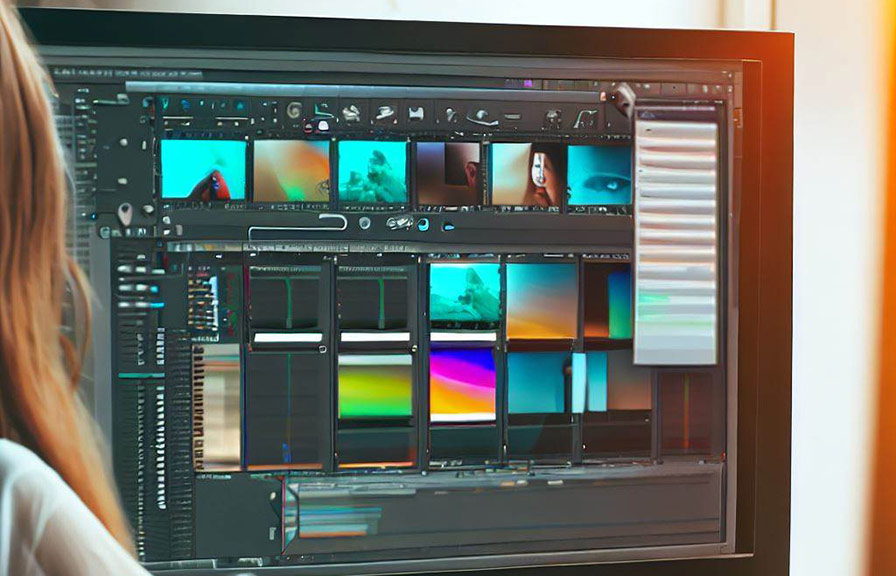Did you know that the human eye can distinguish between approximately 10 million colors? however, not every photograph can capture this wide range of hues accurately. whether you're a professional photographer or just starting out, learning how to correct colors and adjust exposure in your photos can make a significant difference in
The final result. in this blog post, we will dive into the world of photo retouching, exploring different techniques to touch up your photos and answer some common questions related to color correction and exposure adjustment.

Using photorelive.com to retouch your photos
Photorelive.com is a popular platform for photo retouching services, providing a wide range of options to enhance your images. whether you're looking for basic adjustments or advanced photo retouching, this website offers a user-friendly interface to help you achieve the desired results.
Here's how to use photorelive.com for retouching your photos:
1. upload your photo: navigate to the website, click on the "upload" button, and select the image you want to retouch.
2. choose the retouching service: pick the service that best suits your needs, such as color correction, exposure adjustment, or more advanced options like object removal and skin retouching.
3. customize your retouching preferences: adjust the settings according to your requirements, and preview the changes in real-time.
4. download the edited photo: once satisfied with the results, click on "download" to save the retouched image to your device.
Editing exposure in photos
Exposure refers to the amount of light captured by the camera sensor when taking a photograph. an underexposed image will appear too dark, while an overexposed one will look washed out. to edit exposure in your photos, follow these steps:
1. open your photo editing software: popular choices include adobe lightroom, photoshop, and free alternatives like gimp and pixlr.
2. locate the exposure adjustment tool: in most editing programs, this can be found in the "basic" panel or under "adjustments."
3. adjust the exposure slider: drag the slider left to darken the image or right to brighten it. keep an eye on the histogram to avoid clipping the highlights or shadows.
4. fine-tune the settings: use the "highlights," "shadows," "whites," and "blacks" sliders to balance the tonal range of the image.
5. save your changes: once you're satisfied with the adjustments, save the edited photo.
Correcting the color of an image
Color correction is essential for achieving accurate and consistent colors in your photos. here's a step-by-step guide on how to correct color in your images:
1. open your photo editing software and load the image.
2. identify the color cast: look for any unwanted color tint that affects the overall appearance of the photo.
3. use the "white balance" tool: most photo editing programs have a white balance tool that allows you to correct color casts by selecting a neutral gray point in the image. you can also use the temperature and tint sliders to fine-tune the white balance.
4. adjust individual colors: if necessary, use the "hsl" (hue, saturation, luminance) panel to modify specific colors in the image. adjust the hue to change the color, the saturation to control the intensity, and the luminance to modify the brightness of a particular color.
5. save your changes: once you're happy with the color correction, save the edited photo.
Adjusting the intensity of colors in a photo
Sometimes, your photos might require a boost in color intensity to make them more vibrant and eye-catching. here are some ways to adjust the intensity of colors in an image:
1. open your photo editing software and load the image.
2. use the "vibrance" and "saturation" sliders: the "vibrance" slider selectively increases the intensity of muted colors, while the "saturation" slider uniformly boosts the intensity of all colors. adjust these sliders according to your preference.
3. fine-tune individual colors: if you want to adjust the intensity of specific colors, use the "hsl" panel to modify the saturation of individual color channels.
4. apply a curves adjustment: curves adjustments can help enhance the color contrast in your image. create an "s" curve to boost the intensity of colors while preserving the overall tonal range.
5. save your changes: once you're satisfied with the adjustments, save the edited photo.
Conclusion
Learning how to correct colors and adjust exposure in your photo can greatly improve the overall quality of your images. with the right techniques and tools, you can transform your photos into stunning visual masterpieces.
So, go ahead and unleash your creativity by experimenting with different retouching techniques, and watch your photos come to life!
